The installation of almost 500,000 solar panels at the France-headquartered developer ENGIES‘s Goorambat East Solar Farm in Victoria will be completed by October 3, thanks in part to a collaboration with US robotics company Luminous, which has trialled its first LUMI S4 fleet during construction.
ENGIE Site Representative Justin Webb said commissioning has commenced, and first energisation of the Goorambat East Solar Farm is expected by end of October 2025, with full energisation on target for mid-2026.
“It will have a generating capacity of up to 250 MW, which is enough to power up to 105,000 average Victorian homes,” Webb said.
Located near Benalla, 210 kilometres northeast of Melbourne, the demonstration of the AI-powered LUMI pick and place robot at Goorambat addresses the industry’s most labour-intensive task of panel installation.
LUMI autonomously places solar modules onto racking structures, allowing onsite workers to complete the final securing process, reducing manual labour and improving installation speed, safety and cost-efficiency.
“The system was used to install pilings and more recently solar panels, with American company Luminous testing their LUMI system outside of the US for the first time and demonstrating the future of solar farm construction,” Webb said.
“The intended higher productivity of these autonomous systems will reduce the cost of renewable energy projects and enable projects to be built in less time – which will bring down energy costs for consumers and potentially allow more solar farms to be built.”
The robots also require skilled technicians to operate them, resulting in upskilling the current renewable energy workforce and enabling more productivity, Webb added.
“The use of autonomous robots could also have large benefits for the construction of solar farms in remote and inhospitable areas, such as is deserts, where the climate could be dangerous for human staff.”
“In the longer term, with continued development, robots like these will also enable a reduction in health and safety related risks from construction projects, for example reducing the manual handling of heavy solar panels.”
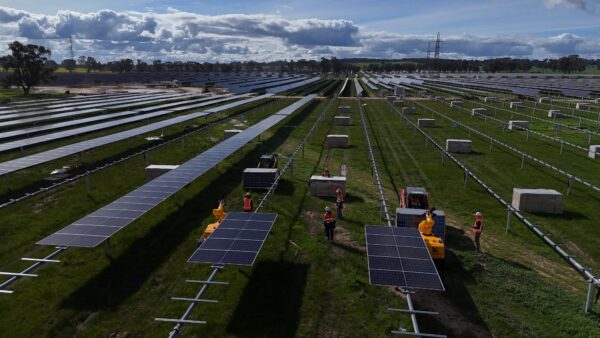
Luminous Robotics Inc. Chief Executive Officer and Founder Jay M. Wong said deploying the company’s LUMI fleet in Australia allowed it to capture the data, performance insights and real-world impact needed to drive global adoption.
“Our LUMI robots exceeded our target production rate and fuelled by support from the Australian Renewable Energy Agency (ARENA), we’re keen to accelerate our next phase where we fine tune the LUMI fleet’s capabilities,” Wong said.
“This will further advance and optimise flow, autonomy, reliability, manufacturability, and massively improve the construction of energy infrastructure at scale.”
Wong said in the coming months Luminous and ARENA will release and open source solar construction’s largest, most comprehensive robotics dataset.
“We believe this is the honest approach to truly democratise solar for humanity. Such that this effort becomes the fuel on which innovative solutions, not just for panel installation and construction, but the holistic, collective industry can benefit from, in accelerating the planet into a future of true solar scale up.”
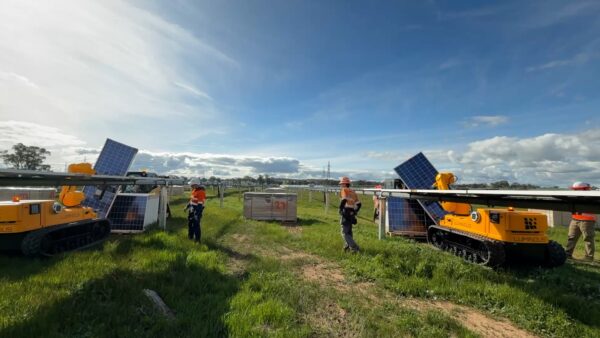
Project partner France-headquartered Bouygues Construction Australia Project Director Bastien Sauvet said with support from ARENA and its joint venture with Sydney-based Equans Solar and Storage Australia, this first deployment outside the US showcases how robotics can improve safety, quality and productivity in solar farm construction.
“It is a promising step, and it will be exciting to see how robotics can help shape the future of renewable energy in Australia, Sauvet said.
In July 2025, Luminous received $4.9 million (USD 3.2 million) in funding as the first recipient of the ARENA’s $100 million Solar ScaleUp Challenge, which sought to supercharge innovation and crowdsource ideas from around the world on how to reduce the cost of large-scale solar.
This content is protected by copyright and may not be reused. If you want to cooperate with us and would like to reuse some of our content, please contact: editors@pv-magazine.com.
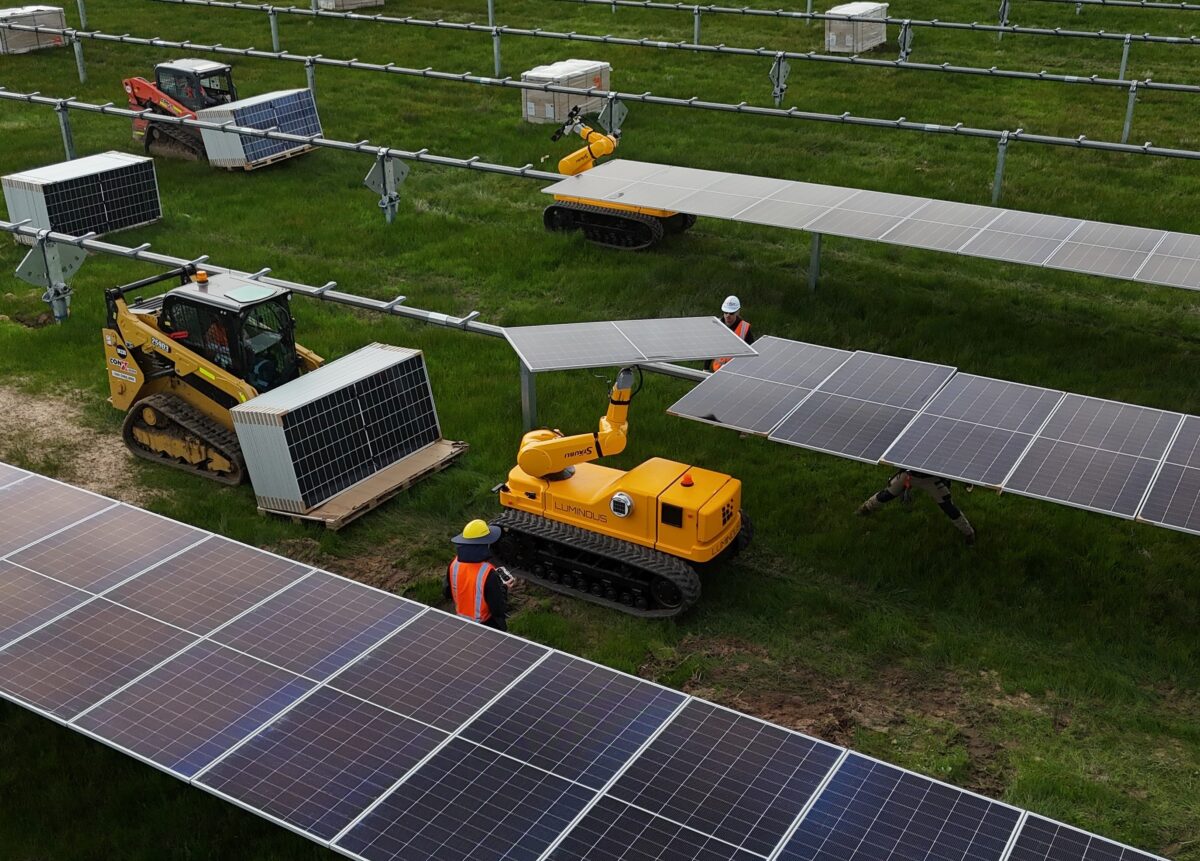
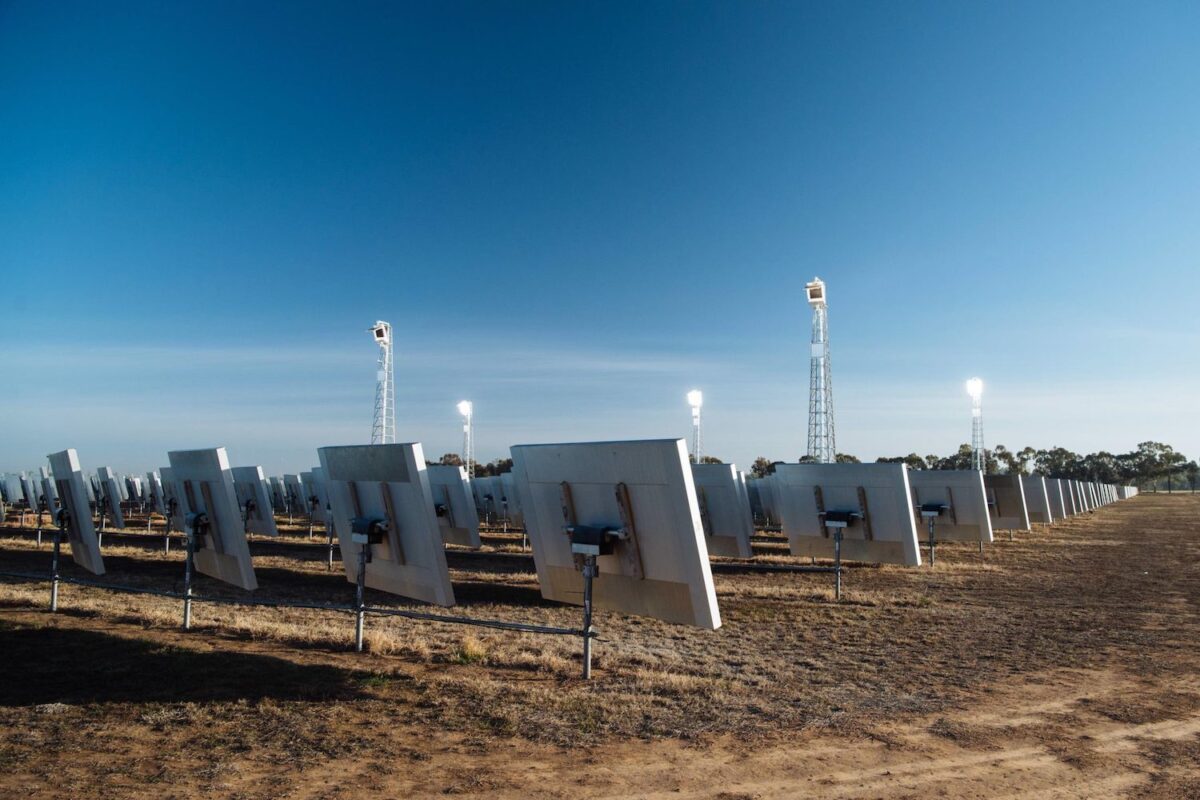


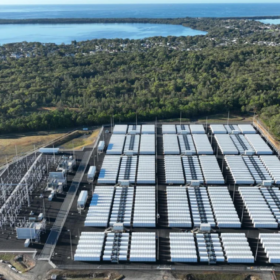
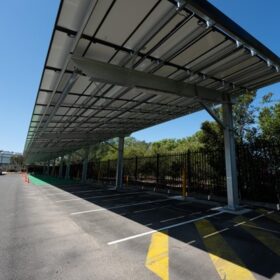
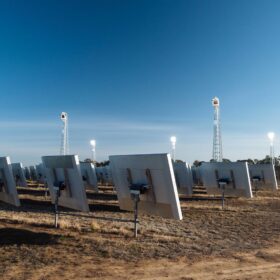
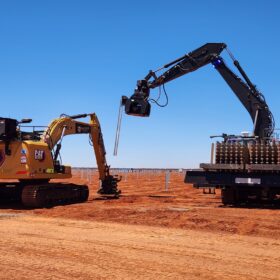
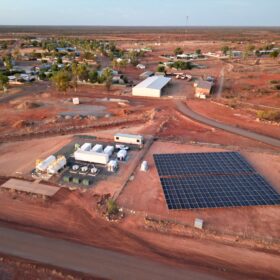
4 comments
By submitting this form you agree to pv magazine using your data for the purposes of publishing your comment.
Your personal data will only be disclosed or otherwise transmitted to third parties for the purposes of spam filtering or if this is necessary for technical maintenance of the website. Any other transfer to third parties will not take place unless this is justified on the basis of applicable data protection regulations or if pv magazine is legally obliged to do so.
You may revoke this consent at any time with effect for the future, in which case your personal data will be deleted immediately. Otherwise, your data will be deleted if pv magazine has processed your request or the purpose of data storage is fulfilled.
Further information on data privacy can be found in our Data Protection Policy.